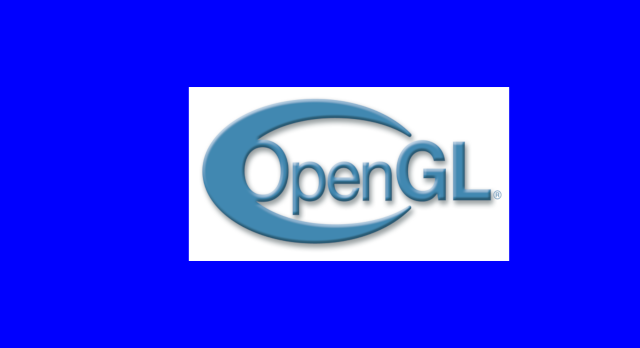Uploading a texture
A texture is an image or a collection of images loaded into video memory.
In order to load a texture, we must first decode the image format that stores our image (for example, PNG). To do so, we are going to use the image library. Let's add it to the Cargo.toml file:
[dependencies]
image = "0.24"
In order to load the image, we just need to call image::load:
# #![allow(unused_variables)] #fn main() { let image = image::load(std::io::Cursor::new(&include_bytes!("/path/to/image.png")), image::ImageFormat::Png).unwrap().to_rgba8(); let image_dimensions = image.dimensions(); let image = glium::texture::RawImage2d::from_raw_rgba_reversed(&image.into_raw(), image_dimensions); #}
And in order to upload the image as a texture, it's as simple as:
# #![allow(unused_variables)] #fn main() { let texture = glium::texture::Texture2d::new(&display, image).unwrap(); #}
Using the texture
There is no automatic way to display a texture over a shape with OpenGL. Just like any other rendering techniques, it must be done manually. This means that we must manually load color values from our texture and set them within our fragment shader.
To do so, we first have to modify our struct and shape in order to indicate to which location of the texture each vertex is attached to, we'll also be changing it to a square shape so that the image isn't distorted:
# #![allow(unused_variables)] #fn main() { #[derive(Copy, Clone)] struct Vertex { position: [f32; 2], tex_coords: [f32; 2], // <- this is new } implement_vertex!(Vertex, position, tex_coords); // don't forget to add `tex_coords` here let shape = vec![ Vertex { position: [-0.5, -0.5], tex_coords: [0.0, 0.0] }, Vertex { position: [ 0.5, -0.5], tex_coords: [1.0, 0.0] }, Vertex { position: [ 0.5, 0.5], tex_coords: [1.0, 1.0] }, Vertex { position: [ 0.5, 0.5], tex_coords: [1.0, 1.0] }, Vertex { position: [-0.5, 0.5], tex_coords: [0.0, 1.0] }, Vertex { position: [-0.5, -0.5], tex_coords: [0.0, 0.0] }, ]; #}
Texture coordinates range from 0.0 to 1.0. The coordinates (0.0, 0.0) correspond to the bottom-left hand corner of the texture, and (1.0, 1.0) to the top-right hand corner.
This new tex_coords attribute will be passed to the vertex shader, just like position. We don't need to do anything to it, and we are just going to pass it through to the fragment shader:
#version 140
in vec2 position;
in vec2 tex_coords;
out vec2 v_tex_coords;
uniform mat4 matrix;
void main() {
v_tex_coords = tex_coords;
gl_Position = matrix * vec4(position, 0.0, 1.0);
}
Similarly to the vertex_color variable, the value of v_tex_coords will be interpolated so that each pixel gets a value that corresponds to its position. This value corresponds here to the coordinates in the texture that this pixel is attached to.
All that's left to do in our fragment shader is to get the value of the color at these coordinates in the texture with the texture() function that is available in GLSL.
#version 140
in vec2 v_tex_coords;
out vec4 color;
uniform sampler2D tex;
void main() {
color = texture(tex, v_tex_coords);
}
As you can see, a texture is a uniform of type sampler2D. There are many types of textures and texture uniforms, and sampler2D corresponds to a simple two-dimensional texture.
Since the texture is a uniform, we have to pass a reference to it in our Rust code that does the drawing:
# #![allow(unused_variables)] #fn main() { let uniforms = uniform! { matrix: [ [1.0, 0.0, 0.0, 0.0], [0.0, 1.0, 0.0, 0.0], [0.0, 0.0, 1.0, 0.0], [ x , 0.0, 0.0, 1.0f32], ], tex: &texture, }; #}
And here is the result:
